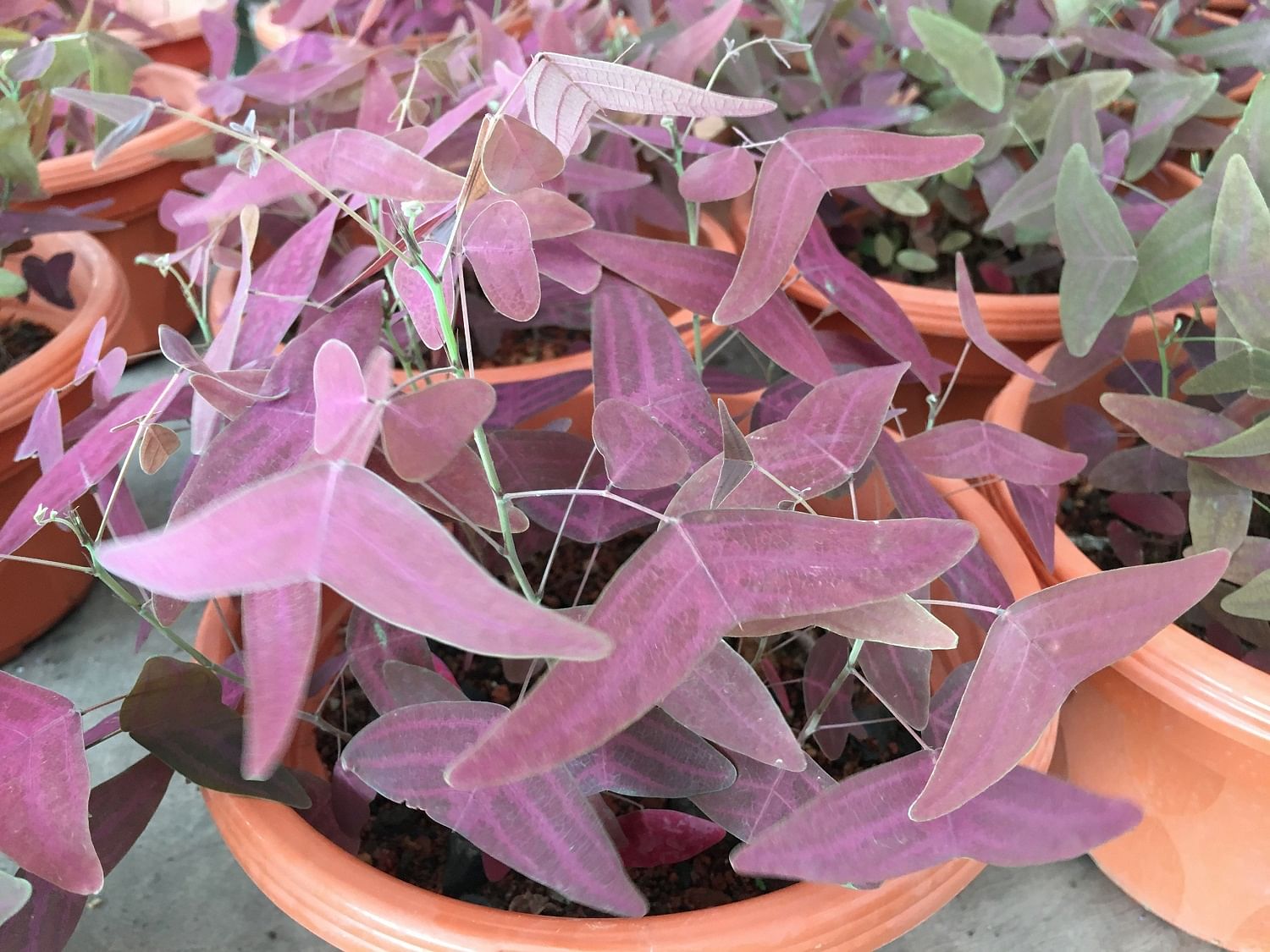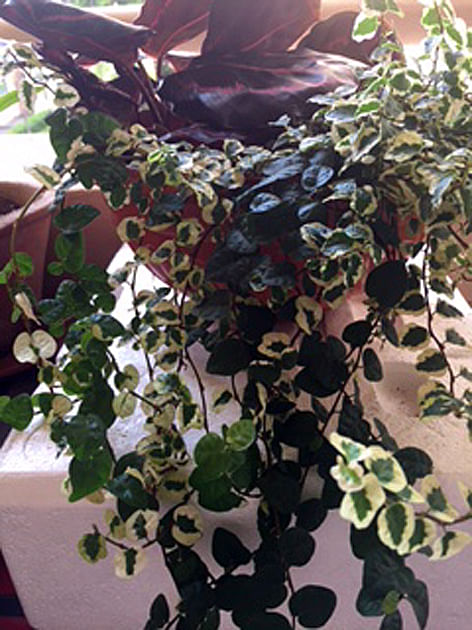Pandan is still edible, even if it is grown beside ZZ Plant
I grow pandan next to the ZZ Plant. Is it safe to use the pandan leaves for cooking?
Chen Cheoh Ing
There is no scientific basis that the ZZ Plant - its botanical name is Zamioculcas zamiifolia - can spread its toxins to the surrounding plants.
Like the common money plant and edible cocoyam, the ZZ Plant has calcium oxalate crystals in its tissue. These crystals can irritate the skin and mucous membranes in humans.
So when you are harvesting or pruning thepandan plant, avoid damaging the ZZ Plant to prevent contact with its sap.
You can use the pandan leaves for cooking even if the plant is placed next to the ZZ Plant.
Tip: Red Butterfly Wing needs sunny spot to thrive

The Red Butterfly Wing (botanical name - Christia vespertilionis), available at local nurseries, is a delightful shrub to grow.
As its name suggests, it has red butterfly wing-shaped leaves that are interesting to watch. Hence it is a good candidate for growing in school gardens. It prefers to be grown in a sunny spot in the garden and the soil should be moist and well-drained.
Mexican Sunflower is an exotic plant

I found this plant at the foot of Bukit Batok Hill. What is it?
Jeffrey Tan
The plant is from the same family (Asteraceae) as the chrysanthemum. Its botanical name is Tithonia diversifolia, though it is also known as the Mexican Sunflower.
The exotic plant has naturalised in areas where it has been introduced to. It has bright yellow flowers and the leaves are used as a mulch to add nutrients to the soil.
Absence of variegated hues could be due to lack of light

I have had this plant for two years and it looks quite healthy. Its green leaves usually have white edges, but I noticed that more of its new leaves emerge all green. Why does this happen?
Soh Kai Han
The plant is the variegated creeping fig (its botanical name is Ficus pumila "Variegata").
The reversion of its variegated leaves could be due to the lack of light or instability of the variegation of the particular clone you have.
Ensure all sides of the plant get sufficient sunlight by rotating the pot regularly. Trim the leaves that are wholly green. This may help to ensure the retention of leaf variegation.
Scale insects causing spots on cactus

In the past month, my cactus has been covered in white spots. What are they and how do I remove them?
Edward Kim
It appears that your Cereus hildmannianus is infested by scale insects.
For now, use a soft toothbrush to remove the sucking pests. Then spray organic pesticides such as summer oil or neem oil on the cactus. However, these oils may be harmful to the plant, so test the pesticideon a small area to see if there are negative effects before you apply it on the entire plant.
Follow the instructions on the label on how to dilute the oils and whether repetitive spraying is needed.
• Answers by Dr Wilson Wong, a certified practising horticulturist and founder of Green Culture Singapore (www.greenculturesg.com). He is also an NParks-certified park manager.
• Have a gardening query? E-mail it with clear, high-resolution pictures of at least 1MB, if any, and your full name to stlife@sph.com.sg
Correction note: In an earlier version of this story, Dr Wong identified a cactus as the Cereus repandus, or Peruvian apple cactus. He has clarified that its correct botanical name is Cereus hildmannianus.

